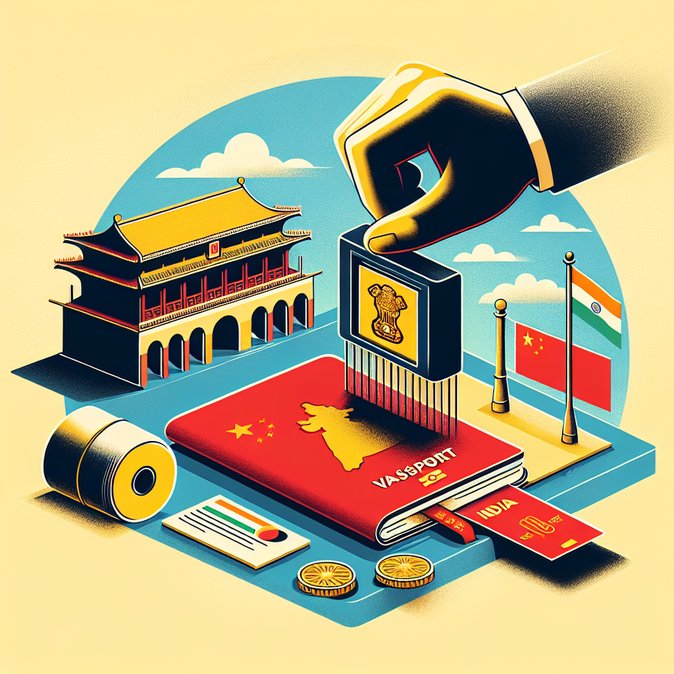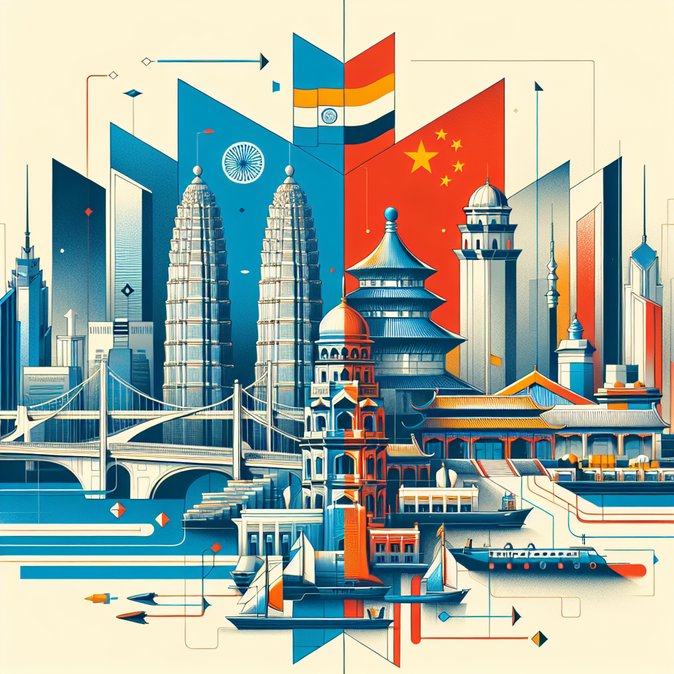
Five years after suspending most visas for Chinese citizens, India on 27 November declared its visa regime for China “fully functional”, restoring tourist e-visas and streamlining business visa processing. The Ministry of External Affairs (MEA) told reporters that tourist visas—halted after the 2020 Galwan border clash—quietly resumed worldwide this month, complementing business visas that had already restarted in July.
The decision follows a package of confidence-building measures agreed during Foreign Minister Wang Yi’s visit to Delhi in September, which also saw the resumption of direct commercial flights and revival of the Kailash Manasarovar Yatra pilgrimage. Consular officials said tourist applicants may now use the standard e-Visa portal; processing times are currently averaging four working days, but capacity will be expanded before China’s Spring Festival peak.
![India fully reopens tourist and business visas for Chinese nationals]()
For corporate mobility teams the reopening removes a major bottleneck for Sino-Indian trade missions, joint-venture engineers and after-sales technicians who previously had to route travel through third countries. Indian tour operators meanwhile expect a modest inbound rebound in early 2026: Chinese arrivals plummeted from 675,000 in 2019 to fewer than 40,000 in 2024.
Diplomats emphasised that security screening remains stringent—especially for applicants born in ‘protected’ Tibetan or Xinjiang regions—but the political signal is clear: Delhi wants to separate people-to-people flows from unresolved boundary issues. Businesses should nevertheless monitor any flare-ups along the Line of Actual Control that could trigger ad-hoc suspensions, as happened in the past.
The decision follows a package of confidence-building measures agreed during Foreign Minister Wang Yi’s visit to Delhi in September, which also saw the resumption of direct commercial flights and revival of the Kailash Manasarovar Yatra pilgrimage. Consular officials said tourist applicants may now use the standard e-Visa portal; processing times are currently averaging four working days, but capacity will be expanded before China’s Spring Festival peak.

For corporate mobility teams the reopening removes a major bottleneck for Sino-Indian trade missions, joint-venture engineers and after-sales technicians who previously had to route travel through third countries. Indian tour operators meanwhile expect a modest inbound rebound in early 2026: Chinese arrivals plummeted from 675,000 in 2019 to fewer than 40,000 in 2024.
Diplomats emphasised that security screening remains stringent—especially for applicants born in ‘protected’ Tibetan or Xinjiang regions—but the political signal is clear: Delhi wants to separate people-to-people flows from unresolved boundary issues. Businesses should nevertheless monitor any flare-ups along the Line of Actual Control that could trigger ad-hoc suspensions, as happened in the past.









